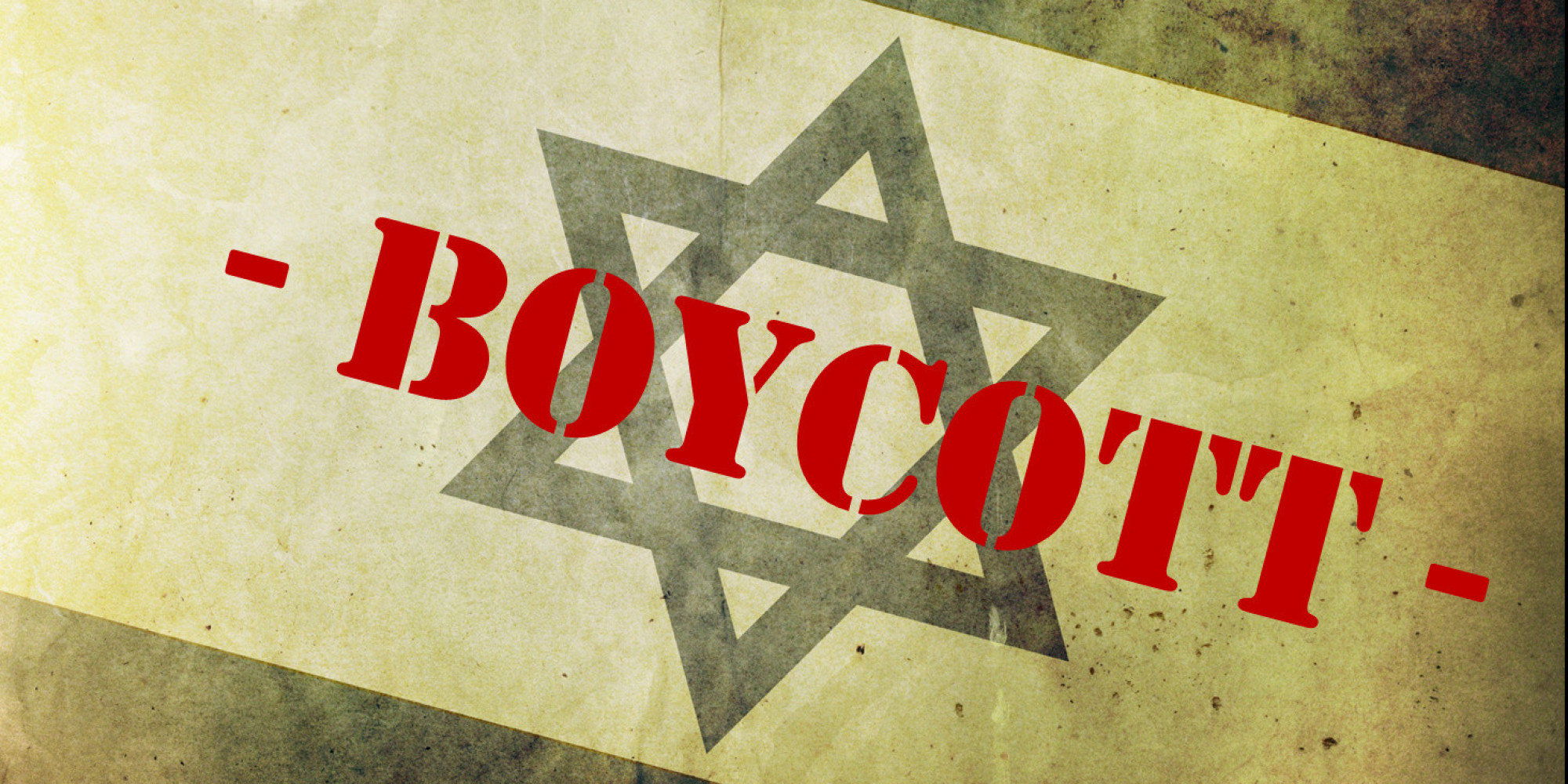Ed Mayo: Power to the Consumer

The digital revolution has highlighted the need for lighter, rather than tighter, intellectual property rights, says Ed Mayo
Just when you think you live in a seamless global economy, you find that you can’t play the DVD you bought on your last trip abroad. Or, perhaps, that you don’t know if you are committing a felony when you transfer music files from your own collection to your new iPod. And then, when you try to buy new tracks for that iPod, you find that Apple charges you 20% more if you live in Britain than if you reside in France or Germany. Welcome to the wonderful world of intellectual property.
A decade ago, if you said you were interested in intellectual property, people would look at you as if you were mad or at least well-paid to deal with the arcane. Today, who owns what in the new digital economy is emerging as the single most important controversy in competition and consumer policy.
There is a long history to intellectual property. Patents, copyrights and trademarks stretch back to 15th-century Venice, if not earlier. And, from the beginning, the grant of rights over knowledge and information was shaped by political and commercial vested interests.
Rights and responsibilities
Early protection often focused on giving domestic citizens rights over ideas or techniques first developed abroad. Rights did come with responsibilities though, for passing on specialist knowledge over time. It is no coincidence that the period of protection was often for 14 years – fitting with the requirement to train two sets of seven-year apprentices.
During the second half of the 19th century there was extensive debate about the protection of patents and copyrights across countries. The international regime that emerged, including a joint bureau set up in 1893 that eventually became the World Intellectual Property Organization, proved relatively effective. However, in the past 15 years, this settlement has broken down. A combination of technological change and sustained industry lobbying has led to a rapid tightening of protection.
For some countries, such as India and China, this tightening has been in the form of official action to address widespread counterfeiting. In America, there has been new legislation, notably the Digital Millennium Copyright Act, extending the rights of intellectual property holders. In the European Union (EU), a string of directives over the past 10 years has taken a similar approach, starting with the 1996 Database Directive. This introduced a unique right for databases that could even produce protection of information in perpetuity.
Less freedom for users
More rights for property holders can mean less freedom for users. The 2004 EU Directive on the Enforcement of Intellectual Property Rights, for example, opened the door to hefty sanctions being imposed not just on organized piracy and counterfeiting, but also on individual consumers. The European Commission now proposes to make intellectual property infringements by any consumer a criminal offence.
This ought to be controversial, but the debate has been curiously muted. Perhaps because the field is rife with complexity, it is easily consigned to the legal sub-sections of business news or to technology bloggers with a passion for open-source software.
Stealing music
However, it has become headline news on other issues such as access to medicines, like generic drugs that tackle the deadly AIDS virus, and the spread of illegal downloading – of music today and film tomorrow – that has helped to criminalize a generation of younger consumers.
Music provides a good illustration of the issues. Digital technology has made it easy for consumers to share music over the internet, to create their own playlists and to promote music from diverse sources, by passing music companies’ distribution networks and royalty-payment systems.
Much of this is on the edge of, or beyond, the law. About half of young people (though figures vary) in countries such as America report that they have downloaded music illegally. One reason this figure is so high is that it took nearly a decade for music companies, cosseted by protection rather than competition, to respond to the demand for music downloads by providing legitimate sites. And, even now, prices are fixed high and are set with arbitrary variations between countries.
Digital rights
A similar story emerges in the field of digital rights management (DRM) – tools that are designed to police and restrict consumer use. In principle, if technically possible, these could offer a way of balancing consumer demands with the rights of the holders of intellectual property rights.
But, so far, DRM tools have fallen far short of their promise because the protection they offer comes at the high cost of intrusion and inconvenience to consumers.
DRMs include tracking devices to monitor the use of products, such as computer software, therefore raising serious concerns about consumer privacy online and the legitimacy of surveillance by private companies. They can also impinge on consumer rights under the data protection legislation that exists in most countries outside America.
Other DRMs restrict how products are used, for example, limiting the number of copies you can make or barring you from using CDs in car stereos or computers.
A French gentleman identified as Stéphane P. in court documents, for instance, bought a DVD of the film Mulholland Drive and found that the DRM restrictions in France prevented him from passing a copy of the film to his parents. With the French consumer group, UFC, he took the case to court, winning on appeal. The court ruled that consumers should be able to copy for private use alone.
With both downloading and DRMs, it makes sense to distinguish ordinary consumers from organized crime. We do not need a “nanny market”, intruding into and dictating everyday life. Intellectual property has to work for consumers and not just rights-holders.
How is value created?
More fundamentally, debates on intellectual property have brought to the surface a divergence of views on the drivers of future economic value. Do we imagine a structured economy, in which the close protection of intellectual property rights safeguards a stream of rents for successful innovators, encouraging others to join their ranks? Or should we be working for an open economy, in which innovation thrives on more public access to, and collaboration around, intellectual property?
This is not, as Bill Gates has infamously claimed, about “communism”. It is about the right kind of capitalism. Individual businesses prefer to face less competition, whereas it is in the public interest for them to face rather more of it.
The debate also touches on another passion of Gates: development in the world’s poorest countries. Intellectual property is part of the business toolkit for addressing poverty. But this is not how it is being used. Instead, a new protectionism is fuelling calls for stronger intellectual property rights in better-off nations. Sanctioned by governments rather than by populaces, this protectionism is designed to freeze the advantage of better-off nations in digital assets and services. It is widely accepted that competition drives efficiency and innovation and, thereby, competitiveness. If you have less competition, you will tend to have less economic welfare. Intellectual property confers monopoly privileges. Taken too far, these privileges run in the opposite direction to competition, distorting markets and imposing costs.
As with many pressing concerns, such as global poverty and agricultural liberalization, the key to progress is balance. Lean too far towards entrenched privileges and you lose out as a whole. Find the right balance and, over time, everyone gains.
We need new leadership and a new balance to be struck on intellectual property.
CV Ed Mayo
Ed Mayo is chief executive of the National Consumer Council in the UK and a Young Global Leader (WEF).




